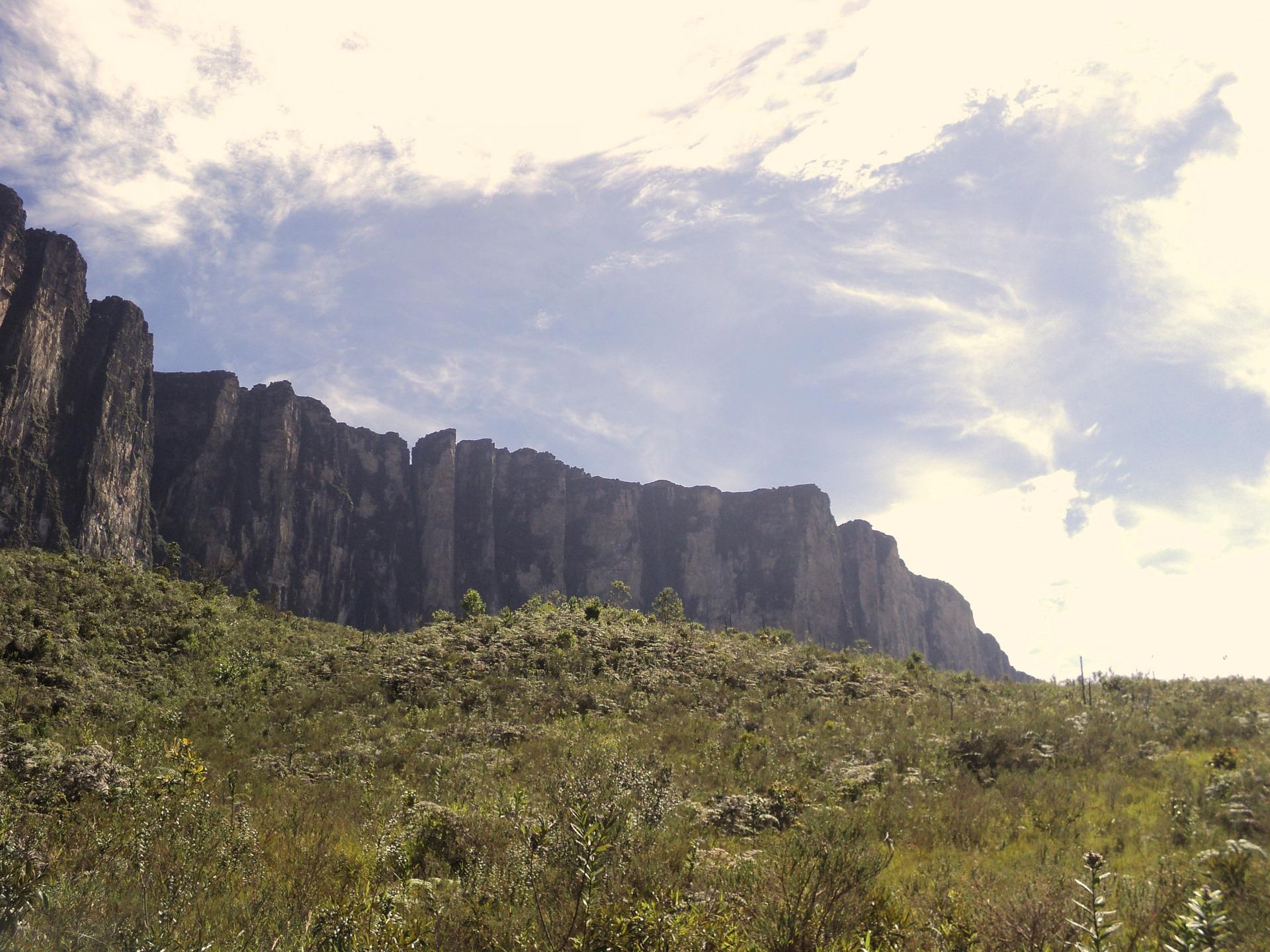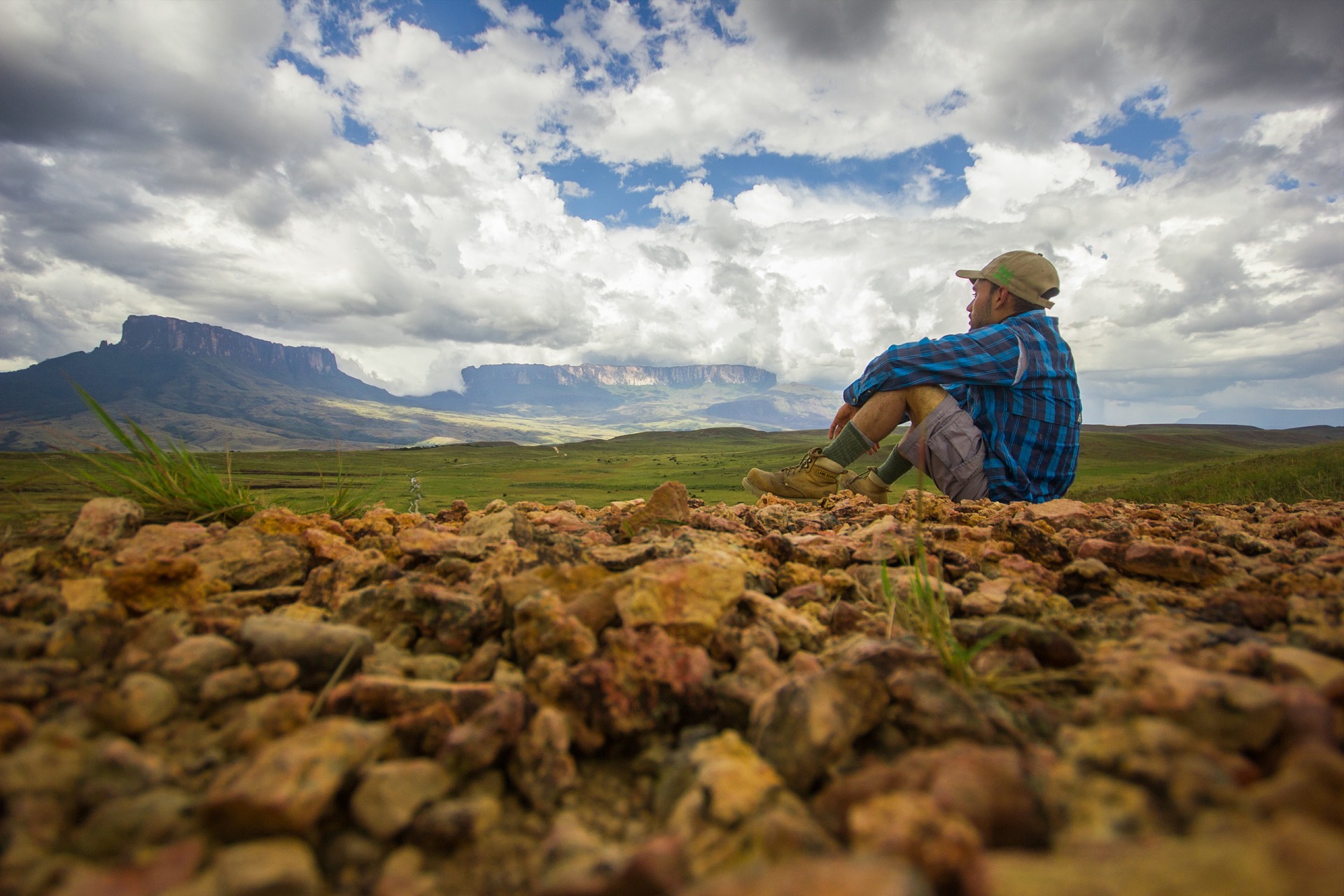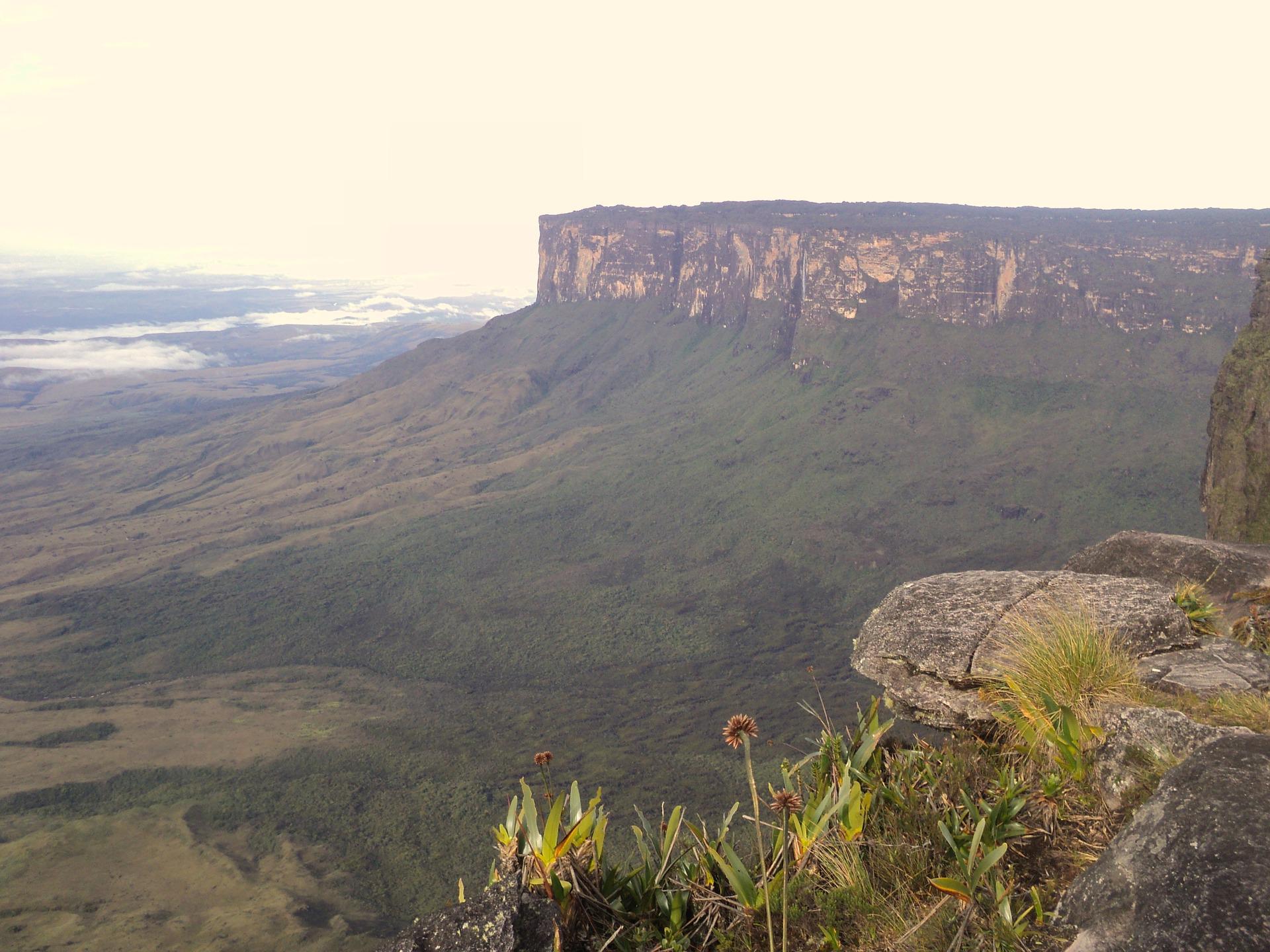Traveling is a way to discover new things and get in touch with a new environment. However, the choice of destination is the main concern of travelers. Indeed, the criteria required can vary from one
Traveling is a way to discover new things and get in touch with a new environment. However, the choice of destination is the main concern of travelers. Indeed, the criteria required can vary from one person to another.
While some prefer tourist sites with a strong presence such as large cities or seaside resorts, some opt for remote areas to be closer to nature; and there are those who decide to travel to places where historical sites abound. In this context, Mount Roraima is a good example of a site to include in one’s travel diary for the next vacation.
Location

Mount Roraima is a mountain located in South America and wedged between Brazil, Guyana, and Venezuela. Located in a humid tropical zone, the environment at the top of the mountain differs from the place which surrounds it. Indeed, Mount Roraima forms what is called a tepuy; that is to say, a high plateau whose vertical contours can rise to more than 1000 m of altitude. These particular characteristics form a favorable environment for the survival of various endemic animal and plant species.
The climate
Although it is located in an equatorial zone where the average temperature is generally between 20 and 22 °C and precipitation abounds, Mount Roraima has a typically different climate due to its location and conditions. Indeed, the summit of the mountain enjoys a temperature almost cool all year round, i.e., 10 °C, and can even go down to 2 °C. It also has higher rainfall than the rest of the area, with 2000 to 4000 mm.
The geological aspect of the site
Mount Roraima is known for its particular relief where, among other things, caves and other rock formations are intermingled. The predominant rock is sandstone, formed in a distant era. We can also observe the presence of clay formations. The whole rests on an enormous base of granite and gneiss, which was previously the predominant layer but gradually faded under erosion.
The erosion of the rocks has contributed to the formation of silhouettes evoking different shapes, including animals; these formations are at the origin of different legends about the place. The mountain also shelters various caves and underground galleries of the “Sistema Roraima Sur”; one of the biggest quartz caves in the world. The different ways embedded in the rock have become a natural water network where rainwater infiltrates, which then comes out in waterfalls.
The biodiversity
Its geographical characteristics and its remoteness make Mount Roraima a popular habitat for various species, most of which are endemic. Specialists have not yet identified all the species living on Mount Roraima. It shelters, among others, vegetations typical of the Amazonian forests; with trees going from 20 to 60 m in height, as well as ferns or plants living on others. But what makes the particularity of the local vegetation is the presence of carnivorous plants that assimilate insects in order to compensate for the lack of nutrients in certain types of soil.
The local fauna is a mixture of typical Amazonian fauna such as the anteater, the three-toed sloth, the giant armadillo, or the jaguar. One can also meet endemic species such as the tepui hummingbird, the firewing conure, the tepui swift, and a multitude of reptiles such as the green iguana, the Tupinambis lizard, the Bothrops asper snake, the coral snake or the Oreophrynella nigra and Oreophrynella quelchii frog. The walls of the caves are also home to various cave animals such as bats, cave guacharos, locusts, and millipedes of all kinds.
A destination to be favored

Mount Roraima is a popular destination for hiking enthusiasts and nature lovers because of its various trails. Climbing can be done in a simple way by following trails, or through climbs for thrill seekers. Apart from its natural wealth, the site is the center of various historical facts and fabulous stories. The mystery is all the more exciting since new discoveries about the site are constantly being made.
Sound off in the comments section below and tell us what you want to read next and if you want to read more about Mount Roraima.

